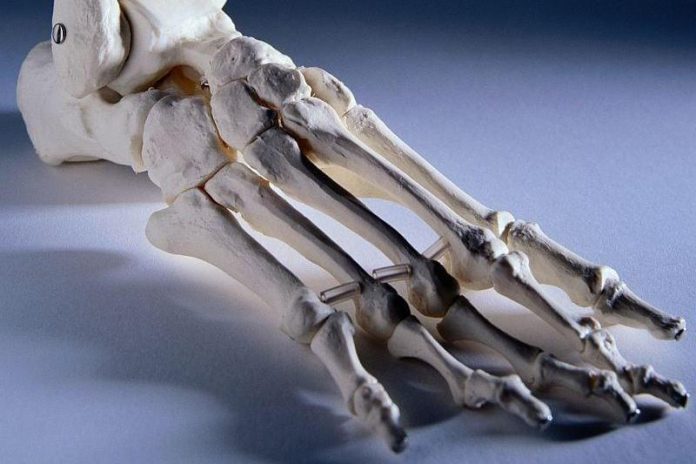Contrary to popular belief, cartilage in human joints can repair itself through a process similar to that used by creatures such as salamanders and zebrafish to regenerate limbs, researchers at Duke Health found.
Publishing online in the journal Science Advances, the researchers identified a mechanism for cartilage repair that appears to be more robust in ankle joints and less so in hips. The finding could potentially lead to treatments for osteoarthritis, the most common joint disorder in the world.
“We believe that an understanding of this ‘salamander-like’ regenerative capacity in humans, and the critically missing components of this regulatory circuit, could provide the foundation for new approaches to repair joint tissues and possibly whole human limbs,” said senior author Virginia Byers Kraus, M.D., Ph.D., a professor in the departments of Medicine, Pathology and Orthopedic Surgery at Duke.
Kraus and colleagues, including lead author Ming-Feng Hsueh, Ph.D., devised a way to determine the age of proteins using internal molecular clocks integral to amino acids, which convert one form to another with predictable regularity.
Newly created proteins in tissue have few or no amino acid conversions; older proteins have many. Understanding this process enabled the researchers to use sensitive mass spectrometry to identify when key proteins in human cartilage, including collagens, were young, middle-aged or old.
They found that the age of cartilage largely depended on where it resided in the body. Cartilage in ankles is young, it’s middle-aged in the knee and old in the hips. This correlation between the age of human cartilage and its location in the body aligns with how limb repair occurs in certain animals, which more readily regenerate at the furthest tips, including the ends of legs or tails.








